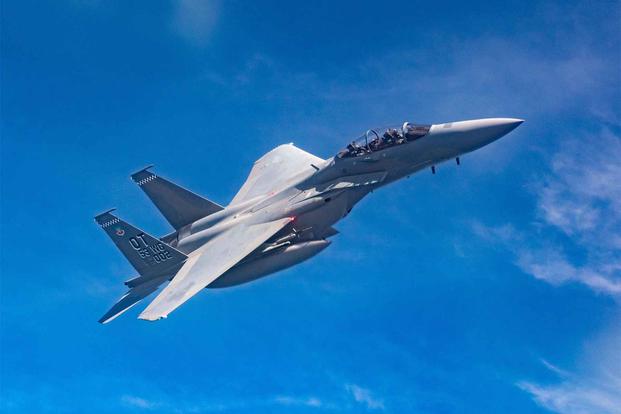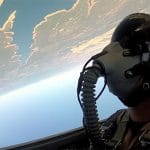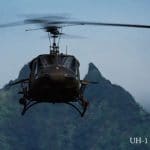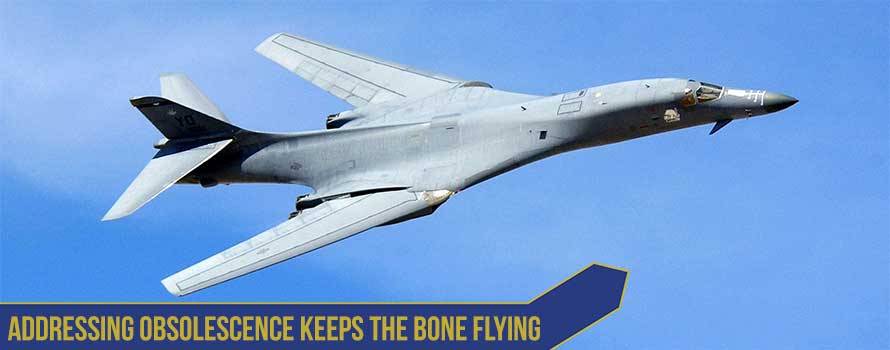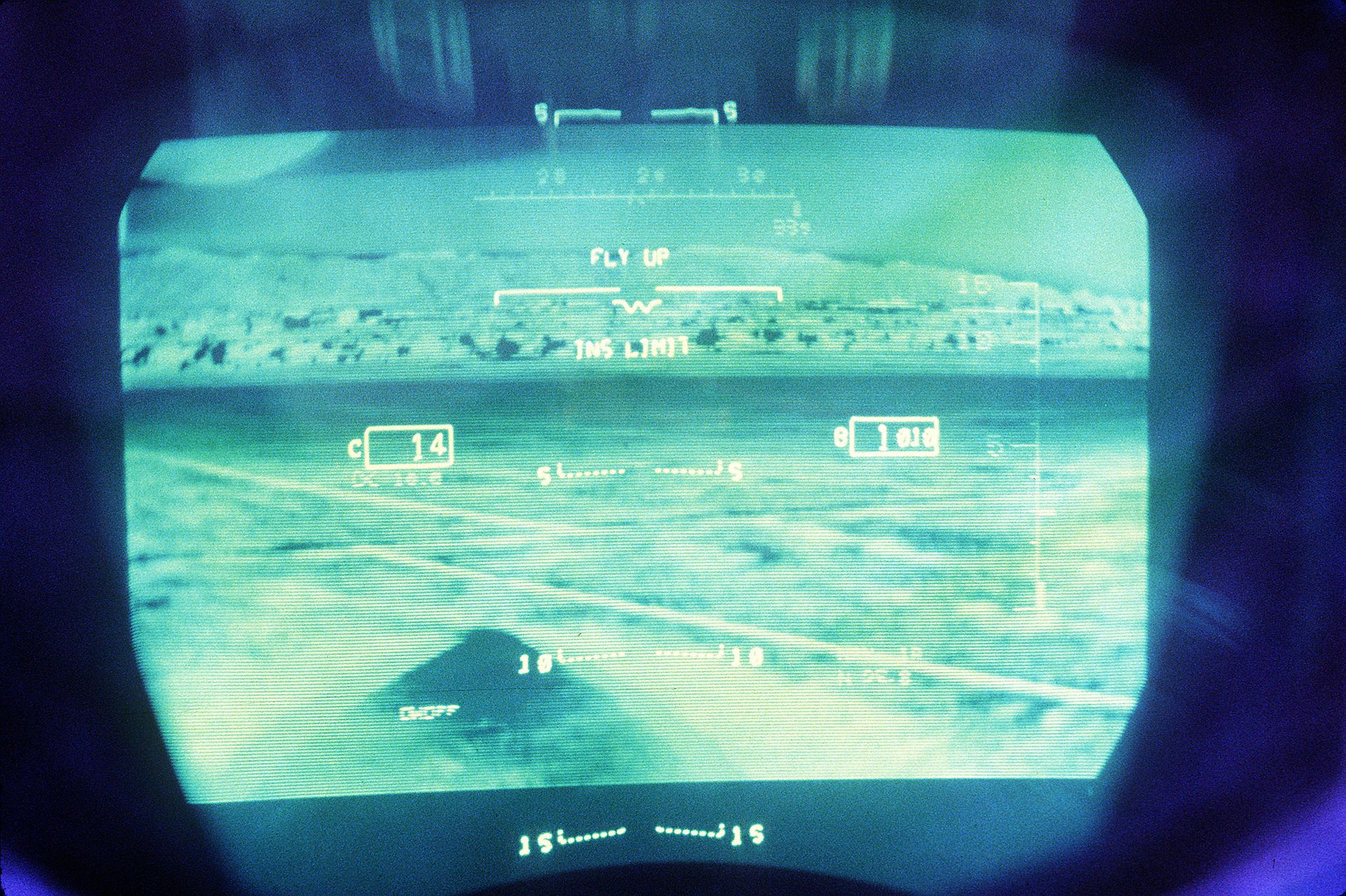The F-15 Eagle is a dominant air-to-air platform. This all-weather tactical fighter was introduced into service in July 1972. The primary user for the highly maneuverable twin-engine jet is the United States Air Force, but it has also been exported to Japan, Saudi Arabia, Singapore, South Korea, and Israel. It has a remarkable kill ratio that is unmatched at 104 to 0. Most of those F-15 victories were scored by Israel.
The F-15 has a phenomenal thrust-to-weight ratio and a low wing-loading ratio that helps it make very tight turns without losing airspeed. The two turbofan engines produce 23,450 pounds of thrust per engine, powering it to speeds in excess of 1,800 mph. Its mission is to gain and maintain air superiority. It does so by carrying 940 rounds for its six-barrel cannon and eight air-to-air missiles carried externally. It has a ceiling of 65,000 feet and a range of 3,450 miles.
After nearly 50 years as a premier 4.5 Generation fighter aircraft that has experienced some periodic upgrades in radar, electronics, and communications, the F-15Cs and Ds are reaching the end of their service lives.
The Air Force is now getting a newly updated F-15. The F-15EX Eagle II is being brought online to offset the need to retire the aging F-15Cs. The F-35 stealth fighter has been the Air Force’s new fighter program since 2009. Due to technical issues during its development and testing, the F-35 has experienced delivery delays and is not at full production status. After 20 years since the program launched, it is still just in low-rate initial production. It is not expected to keep up with the rate of replacement necessary for the aging F-15Cs and Ds that need to be retired.
Does procuring 144 F-15EXs affect the acquisition of the expected 1,763 F-35s? The U.S. Air Force says it will not. However, the 2020 Air Force budget reflected fewer F-35 purchases over the following five years.
The F-15EX is not expected to replace the F-35. It is expected to support the F-35 as an in-the-air arsenal because of its ability to carry a large number of missiles. This “F-15-on-steroids” has a revised airframe structure allowing the aircraft to operate up to 20,000 hours of service life. Its price per flight hour is around $27,000 compared to the aging F-15C/D $42,000 per flight hour.
The F-15EX Eagle II’s large payload and powerful engines enable it to complement any other fighter aircraft, especially the stealth F-35. The F-35 can carry 22,000 lbs of weapons up to a ceiling of 50,000 feet at 670 mph. The F-15EX can haul 29,500 lb of weapons up to a ceiling of 60,000 feet and travels as fast as Mach 2.5 [1,918 mph]. The Eagle II has been upgraded to carry 22 sidewinder and AMRAAM missiles, an increase from the F-15C’s 8 missiles. It also sports new advanced AESA RADARS, infrared search and track, advanced avionics, and electronic warfare equipment. Unlike the stealth of the F-35, the F-15EX features no low-observable enhancements of any kind. The F-15EX will retain 80% of the original F-15C and use 90% of the same support equipment. This enables a quick transition to the more powerful twin-engine fighter.
On April 30, 2021, Military.com reported that the new F-15EX was participating in the USAF training exercise in Alaska known as Northern Edge 21. This large-scale exercise will include all branches of the military, 15,000 service members, and close to 240 aircraft.
Read: The Air Force’s Brand-New F-15EX Fighter Is About to Appear in its First Major Exercise
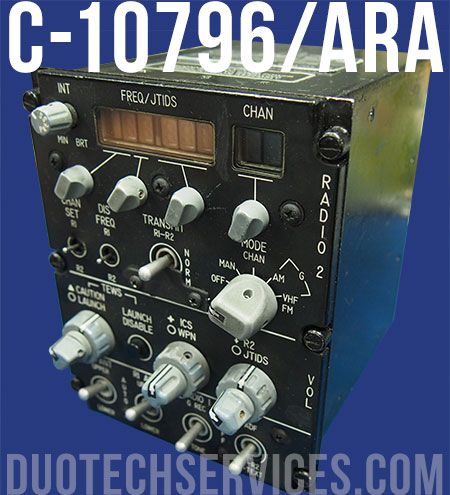
Communications Control Panel (ICCP) C-10796/ARA P/N: 5055101-8 NSN: 5895-01-329-6324
Duotech maintains electronics, avionics, and communications components of the F-15 Eagle. An example is the Integrated Communications Control Panel (ICCP) C-10796/ARA shown here. This control system allows the pilot to operate between two receiver/transmitters (R/T). R/T 1 houses the electronics and memory for the control of an ARC-164 UHF Radio. R/T 2 would consist of a different ARC-164 UHF or an ARC-186 VHF AM/FM radio. Other systems Duotech repairs of the F-15 include the ALQ-135 Advanced Electronic Countermeasures and the APN-232 Combined Altitude Radar Altimeter (CARA).
Even with tight funding, systems like the C-10796/ARA and legacy receiver/transmitter radios like the AN/ARC-164 must be maintained to ensure mission-critical components are ready to keep those fighters in the air. Duotech supports existing legacy and obsolete systems in aircraft like the F-15, F-16, and F-5, enabling operators to avoid scraping repairable equipment while delivering under budget and meeting critical deadlines. Contact Duotech today about supporting your electronic and electromechanical systems with a full range of equipment repair services.
Communications Control Panel (ICCP) C-10796/ARA
P/N: 5055101-8
NSN: 5895-01-329-6324

